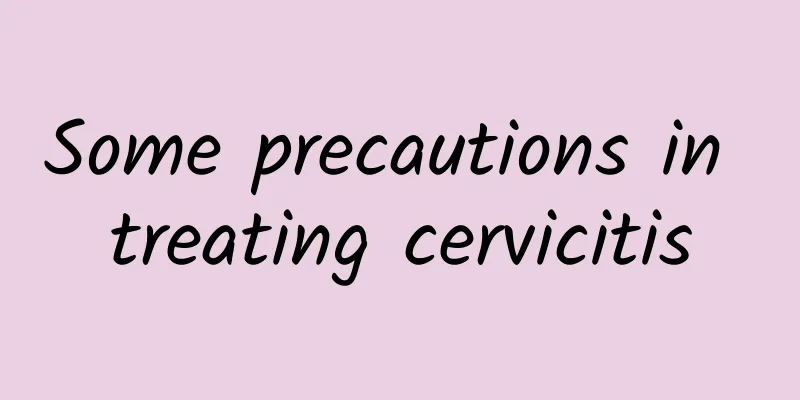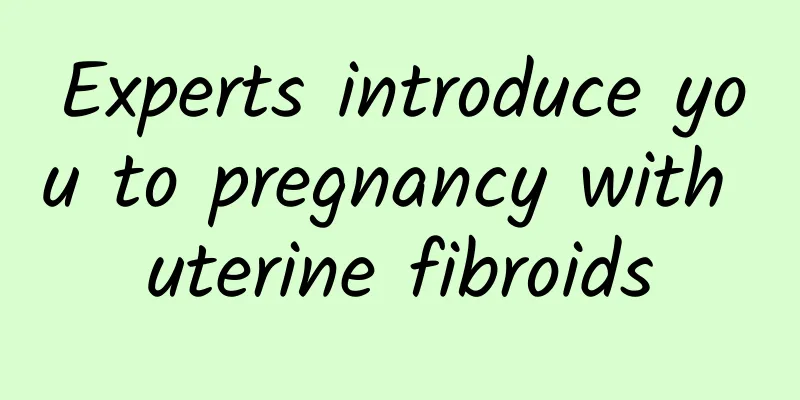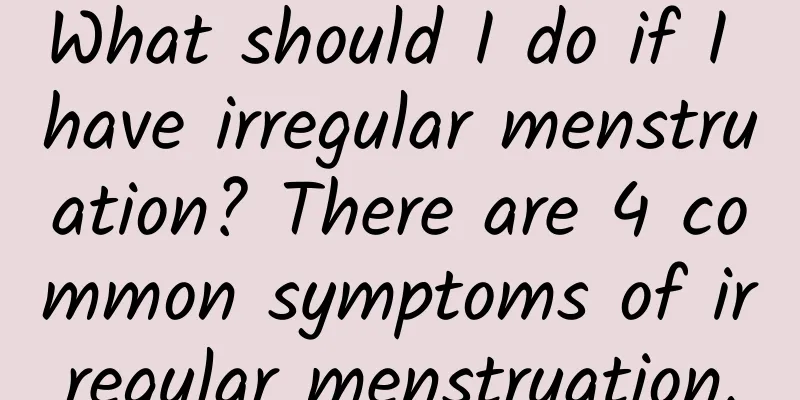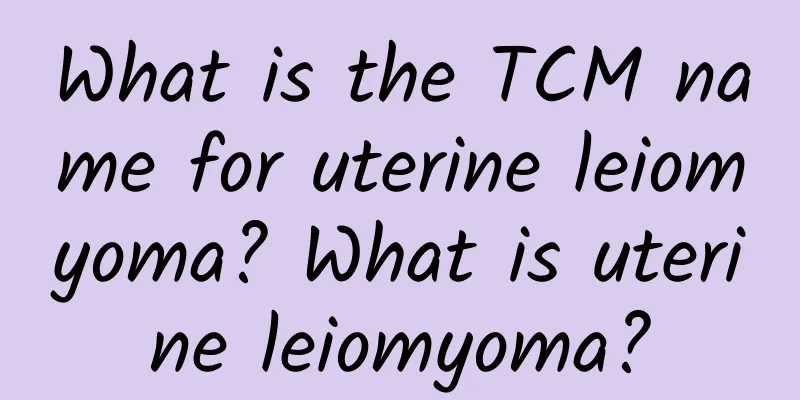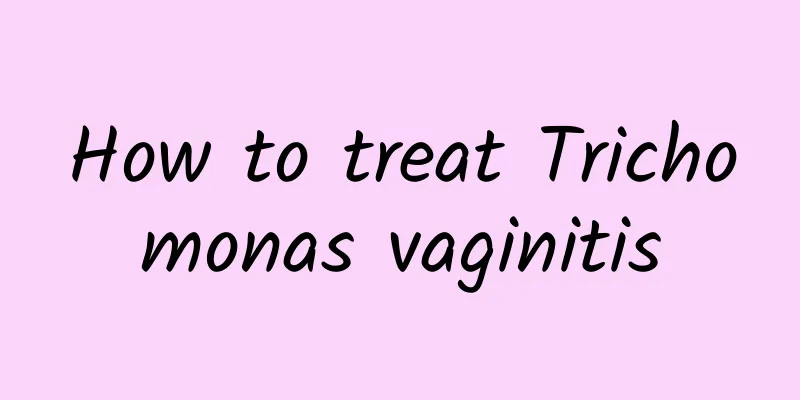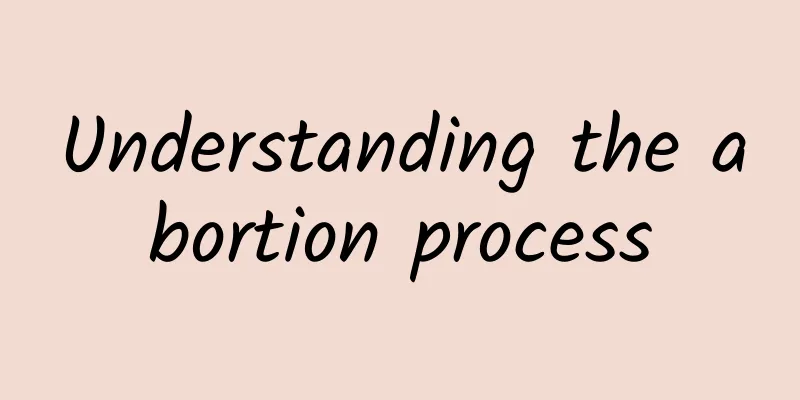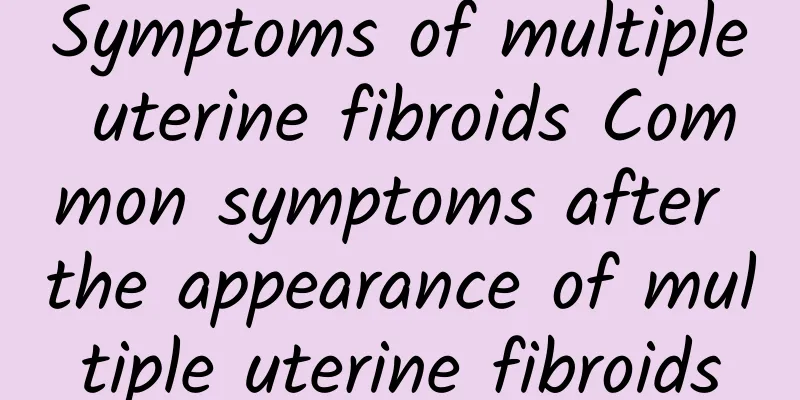The right ovarian cyst is 3.7, how to treat it?
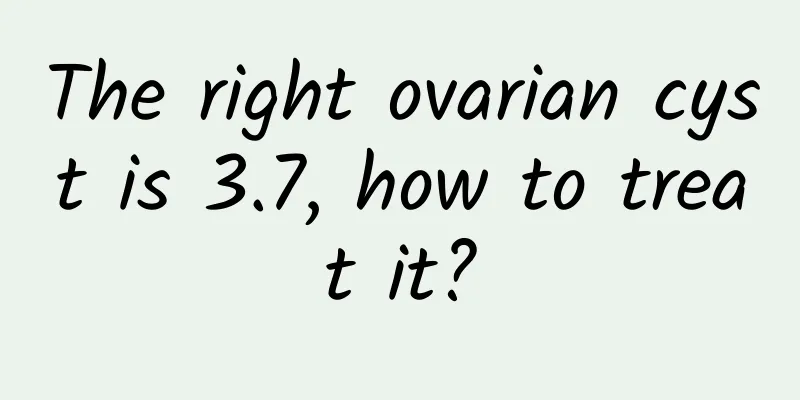
|
Generally speaking, if the ovarian cyst is smaller than 3cm, the patient does not need to worry too much. This is usually a physiological ovarian cyst and can disappear on its own. If it is larger than 3 cm, you should pay more attention to the growth of the cyst. harm: 1. A common complication of ovarian cysts is tumor rupture, which can be spontaneous rupture caused by ischemic necrosis of the cyst wall or tumor erosion; or traumatic rupture caused by squeezing, delivery, gynecological examination and puncture. After rupture, the cyst fluid flows into the abdominal cavity, irritating the peritoneum, causing severe abdominal pain, nausea, vomiting and even shock. During the examination, there are abdominal irritation signs such as abdominal wall tension, tenderness, rebound pain, and the original mass shrinks or disappears. 2. Infection is also a complication of ovarian cysts. It is rare and mainly secondary to the torsion or rupture of the tumor pedicle. The main symptoms include fever, abdominal pain, elevated white blood cell count and varying degrees of peritonitis. Infection should be actively controlled and regular surgical examinations should be performed. 3. Malignant changes are the most serious complications of ovarian cysts. Malignant changes of benign ovarian tumors often occur in older women, especially after menopause. The tumor grows rapidly in a short period of time, and the patient feels bloating and loss of appetite. The tumor volume increases significantly, becomes fixed, and there is more ascites. Suspected malignant changes should be treated promptly. Treatments for ovarian cysts include: 1. Semi-conservative surgery: The treatment of ovarian cysts mainly involves the removal of the uterus and endometriosis to preserve ovarian function. It is suitable for patients under 45 years old who have no fertility requirements or have extensive lesions and cannot preserve fertility or have uterine fibroids or adenomyosis. 2. Surgical treatment: laparotomy and laparoscopic surgery. The treatment of ovarian cysts includes separation of pelvic adhesions, electrocautery or removal of pelvic lesions, uterine suspension ovarian endometriosis cyst resection, uterine myomectomy and severe dysmenorrhea. |
<<: Five symptoms of malignant uterine fibroids
>>: How to prevent premature ovarian failure
Recommend
4 tips to get rid of pear obesity! Doing the skating hip lift
Many girls don’t like to exercise, but can’t give...
The difference between vulvar leukoplakia and lupus erythematosus Is lupus erythematosus Behcet's disease
In recent years, the incidence of vulvar leukopla...
Is vulvar itching hereditary?
Vulvar pruritus is a common gynecological disease...
What Chinese medicine is used to treat pelvic inflammatory disease
What Chinese medicine is used to treat pelvic inf...
Understand these care points for vulvar leukoplakia
Understand the key points of care for vulvar leuk...
What is the cause of menstrual cramps in women?
What’s wrong with women who have less menstruatio...
What happens to bacterial vaginosis (BV)?
What happens to bacterial vaginosis (BV)? BV is t...
Can patients with adnexitis get pregnant?
The fallopian tubes and ovaries are the appendage...
What should I do if I have irregular menstruation after cesarean section?
What should I do if I have irregular menstruation...
What are the causes of vulvar leukoplakia?
What are the common causes of vulvar leukoplakia?...
What are the serious effects of left ovarian cyst on follicles?
Ovarian tumors are common tumors of the female re...
Is it okay to eat low-calorie foods? Be careful, these 6 common weight loss foods make you hungrier the more you eat them
Lettuce salad, sugar-free green tea, agar-agar, s...
How to make sure the flow is clean
To determine whether an abortion is clean, a comb...
The muscle lines of the whole body are very beautiful when rock climbing! Practice rock climbing and diving, Chen Yu has a perfect figure
Is it because he loves sports, or is he just hype...
What are the dangers of hyperprolactinemia?
What are the main hazards of hyperprolactinemia? ...
